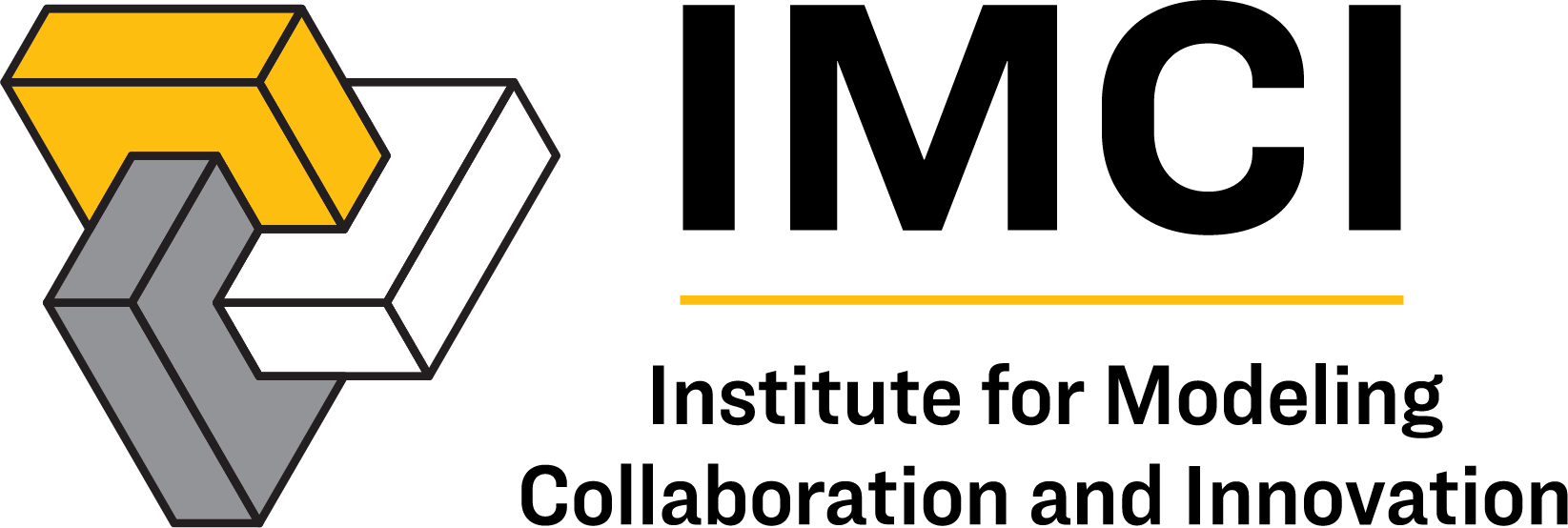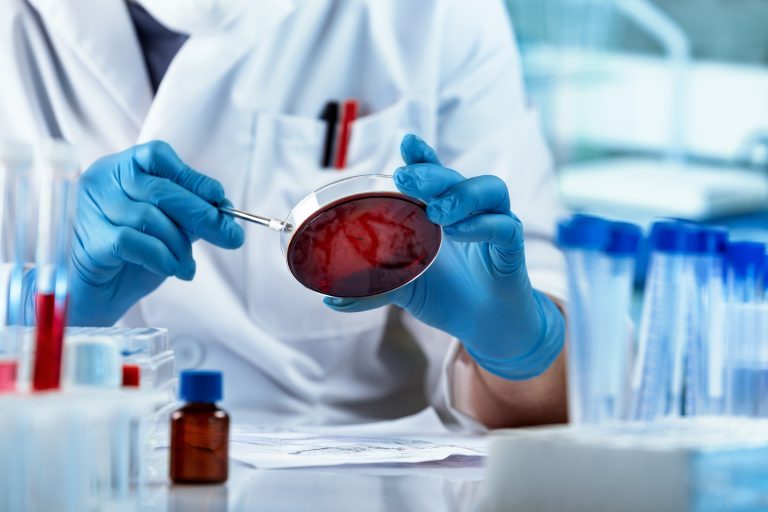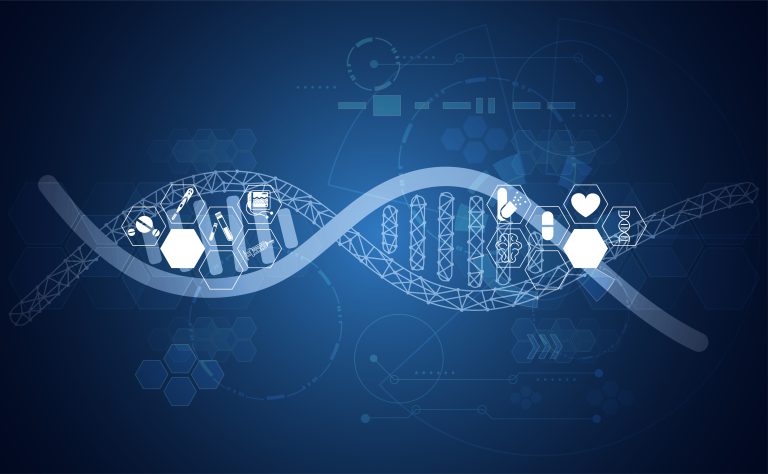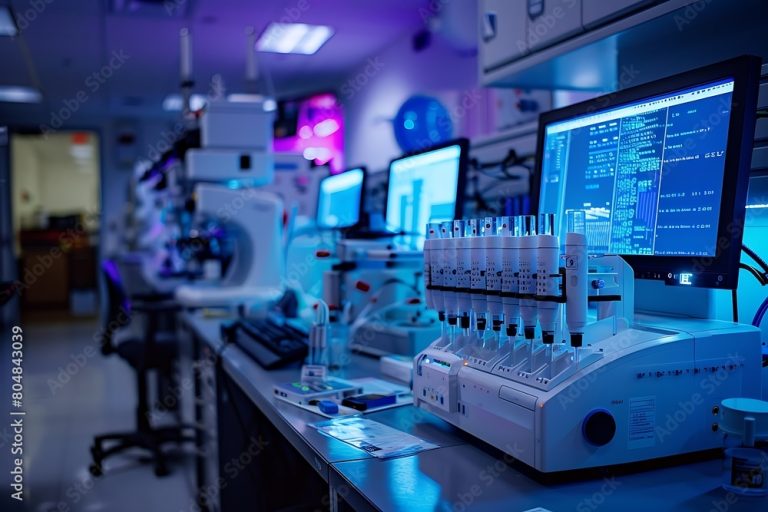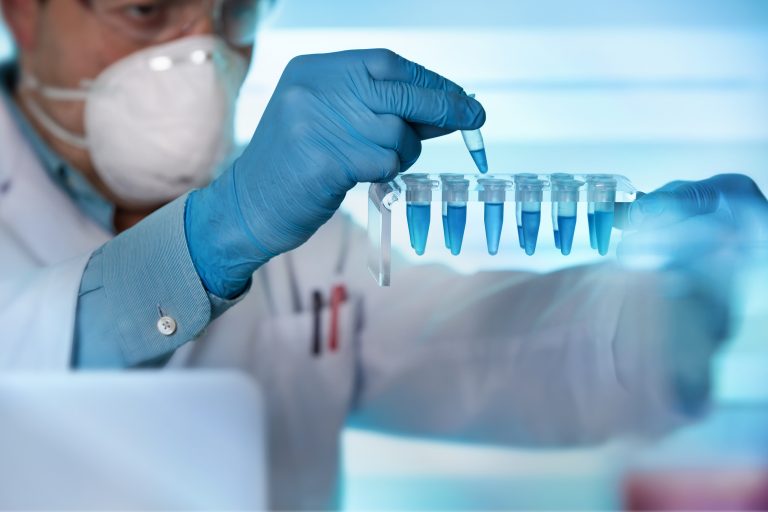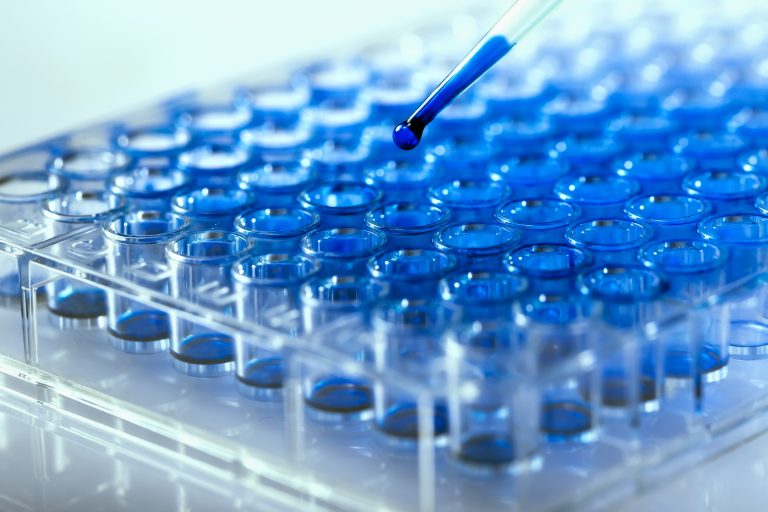Determining the Role of Albumin Conformation in Enhanced Bone Repair and Regeneration
Project Team: Matthew Bernards, Nathan Schiele, Dharmeshkumar Patel, Stephanie Haag
In the US, over 130,000 surgical procedures each year require a bone graft material, but almost 30% of grafts fail. Recent studies have implicated albumin as important during bone repair and it has been adapted for improving scaffold integration with bone tissue. This is important because albumin is abundant and cost-effective. In contrast, however, are studies that demonstrate albumin blocking cell adhesion to biomaterials. These contradictions indicate that albumin is bioactive only when in specific conformations. The over-arching goal of this research effort is to deliver bioactive albumin via a tissue engineering platform for enhanced bone repair and regeneration. The development of this platform will address the clinical need for a bone graft with reduced failure rates. To achieve this goal, the bioactive conformation of albumin responsible for bone repair must be identified before it can be incorporated into a scaffold, and this is the objective of the proposed investigation. Our central hypothesis is that albumin has a bioactive conformation that promotes bone repair, that is imparted to albumin upon calcium binding.
First, we will use molecular modeling to determine the conformational landscape of calcium-free and calcium-bound albumin. The conformational preferences of albumin for various calcium-bound conditions will be determined using molecular modeling. Determining conformational preferences of a protein is a challenging problem in molecular modeling so we will tackle it using molecular dynamics or Monte Carlo simulations of coarse-grained protein models. These approaches allow for large-scale conformational changes within the timescale of the simulations. If our hypothesis is correct then changing the binding pattern for calcium will make specific conformation(s) more stable – and these conformations will promote cell adhesion. In parallel, we will identify conformation changes in albumin induced by calcium with Fourier transform infrared spectroscopy (FTIR). The conformational states of albumin adsorbed to tissue culture polystyrene in both a cell adhesive and nonadhesive conformation will be probed using FTIR. After identifying the critical calcium concentration that induces a cell adhesive conformation to albumin, we will use FTIR to quantify differences in the secondary structure of the adsorbed species. These will be directly compared to molecular modeling results obtained in Aim 1, to better delineate conformational changes that facilitate cell adhesion. If our hypothesis is correct then there should be significant changes in the secondary structure upon exposure to calcium.
By pairing molecular modeling with empirical evidence of the secondary structure of albumin it will be possible to delineate the bioactive region of albumin more clearly. This represents a significant step towards the therapeutic application of albumin or subdomains of albumin for bone tissue repair from an implanted scaffold.
